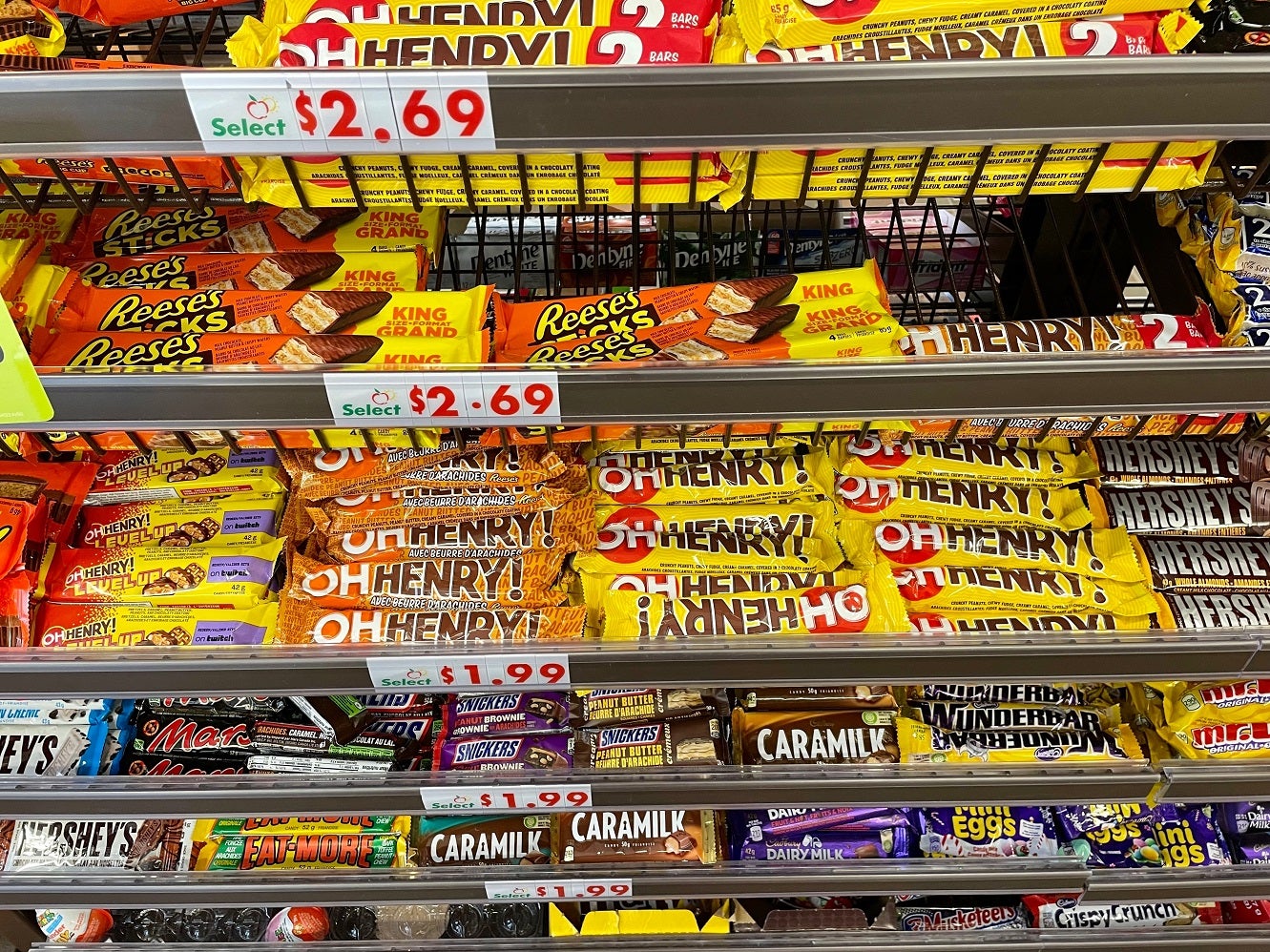
Canada has laid out plans to restrict television and digital media that promote unhealthy eating and drinking.
The government intends to amend legislation to clamp down on the advertising of products containing excess sodium, sugars or saturated fat. Proposals will form the basis of a draft piece of legislation that will go to a public consultation in 2024.
The remit of the curbs is set to include television and digital ads for confectionery, chocolates and beverages that target children under the age of 13.
The proposed restrictions would apply to any companies involved in advertising food and beverages to children. This could include but is not limited to: food and beverage manufacturers, producers and importers, retailers and restaurants, broadcasters, digital media, as well as advertising and marketing agencies.
“Today’s update represents an important first step in restricting the advertising of certain foods and beverages to children to help protect them from the risks of an unhealthy diet, now and later in life,“ a Health Canada spokesperson said in a statement. “To support potential further restrictions that will lead to healthier habits for children, Health Canada will continue to monitor food advertising to children across a variety of settings, media, and techniques.”
Citing data it had collected since 2015, Health Canada said most children were exposed to ads for fast food, snacks, sugary drinks, desserts, and sugary cereals at least once a week.
Overall, it found the average child and teenager viewed more than 1,700 food and beverage ads on television in 2019, which translates to an average of nearly five adverts per hour.
The government health regulator wants to introduce the restrictions in the hope of reducing the risk of children and adults developing overweight, obesity and diet-related chronic diseases. Last year, Canada announced a move to introduce front-of-package nutrition symbols for food products high in saturated fat, sugars or sodium are to become mandatory in Canada.
Heart & Stroke, a Canadian charity dedicated to advocacy, education, and the funding of research surrounding heart disease and stroke, welcomed Health Canada’s advertising proposals.
“Kids are bombarded with ads for unhealthy food and beverages everywhere they turn – from websites and social media to product packaging and retail settings – and they deserve to be protected,” said Heart & Stroke CEO Doug Roth. “We are encouraged to see progress on the development of regulations that would restrict marketing to kids and look forward to reviewing Health Canada’s proposed policy.
“We will continue to advocate for regulations restricting the marketing of unhealthy food and beverages to kids across all types of media by fall 2023.”
In the UK, similar restrictions for advertising HFSS (high in fat, salt and sugar) have been continually pushed into the long grass.
Curbs on buy-one-get-one-free deals and TV and online advertising for HFSS products were set to be introduced in April 2022, but have now been delayed until October 2023 and October 2025 respectively.
In March, Henry Dimbleby, the adviser behind the UK government’s National Food Strategy, stepped down after criticising The Conservative Party for failing to tackle the problem of diet-related disease.
Dimbleby, who is also the founder of the Leon food chain, said he had resigned from his position so that he could be free to voice his opinion on anti-obesity policy matters.
